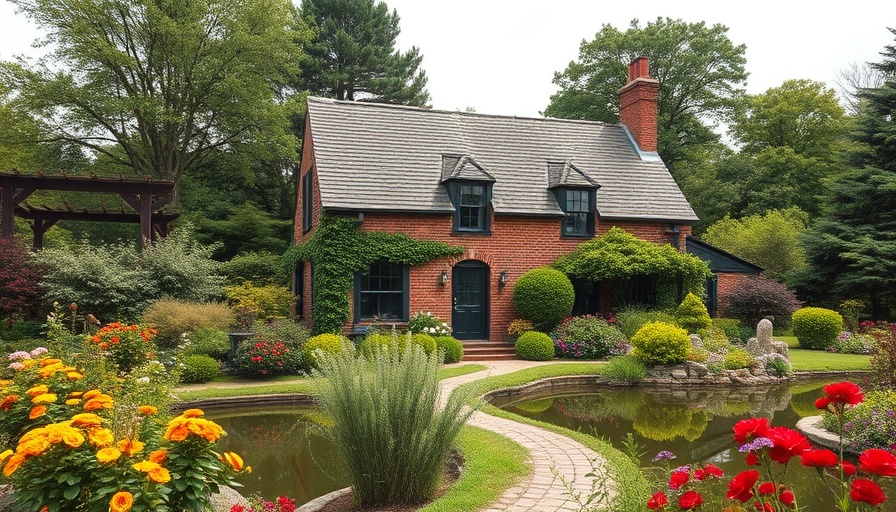
Understanding the Timeless Cape Cod Style
The Cape Cod-style home, often characterized by its steeply pitched gable roof and central chimney, has become an intrinsic part of American architectural identity. This style emerged as a practical solution for early settlers in North America, drawing inspiration from charming cottages in Europe. Over the years, this venerable design has adapted to meet the changing needs of homeowners while retaining its classic charm.
In 'The Cape Cod Style | This Old House,' the discussion dives into the rich history of one of America's favorite home styles, exploring key insights that sparked deeper analysis on our end.
The Historical Roots of Cape Cod Architecture
Historian John Clemson highlights how the Cape Cod cottage emerged during the initial waves of European settlement in America. Early designs were practical wooden structures sufficient for the climate and available resources. The romanticization of these homes by writers like Timothy Dwight and Henry David Thoreau in the 19th century carried the Cape's aesthetic further into American culture, leading to a widespread adoption of its distinct style.
Features That Define a Cape Cod Home
The typical Cape Cod house is marked by its simplicity and elegance: symmetrical gable dormers, steep roofs, and modest ornamentation. While historical Capes boast smaller layouts, subsequent renovations have seen many interiors evolve into more expansive spaces, accommodating the needs of modern families.
A Post-War Housing Revolution
Following World War II, there was a significant demand for affordable housing amongst returning veterans. Developers embraced the Cape Cod model for its economical and comfortable design, enabling rapid construction to meet demand. This era solidified the Cape’s place in the American housing landscape, symbolizing a shift towards more modest yet stylish living.
Preserving History with Modern Adaptations
When it comes to historical preservation, striking a balance between maintaining traditional aesthetics and introducing modern functionality is crucial. In our project to remodel an 1880s Cape, we aim to preserve its front while integrating a modern addition at the back, showcasing how historical homes can evolve without losing their essence. Maintaining the front of the house allows the community to appreciate its heritage, while alterations at the back cater to contemporary living needs.
Conclusion: The Importance of Adapting Heritage
Ultimately, architectural historian John Clemson emphasizes that homes must adapt to meet the needs of their inhabitants. Our project exemplifies how blending the old with the new can create functional living spaces that honor the past while catering to modern needs. Embracing the Cape Cod style means appreciating its legacy while also innovating for future generations.
 Add Row
Add Row  Add
Add 




 Add Row
Add Row  Add
Add 

Write A Comment